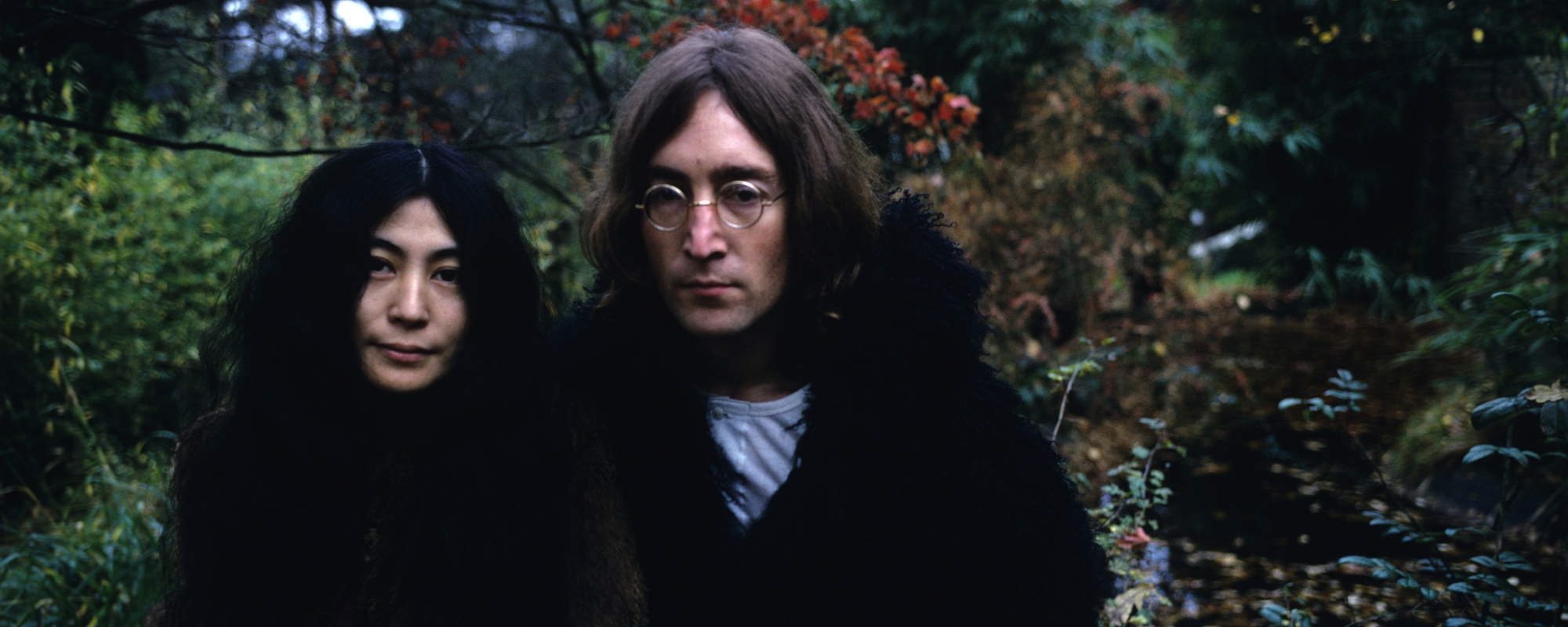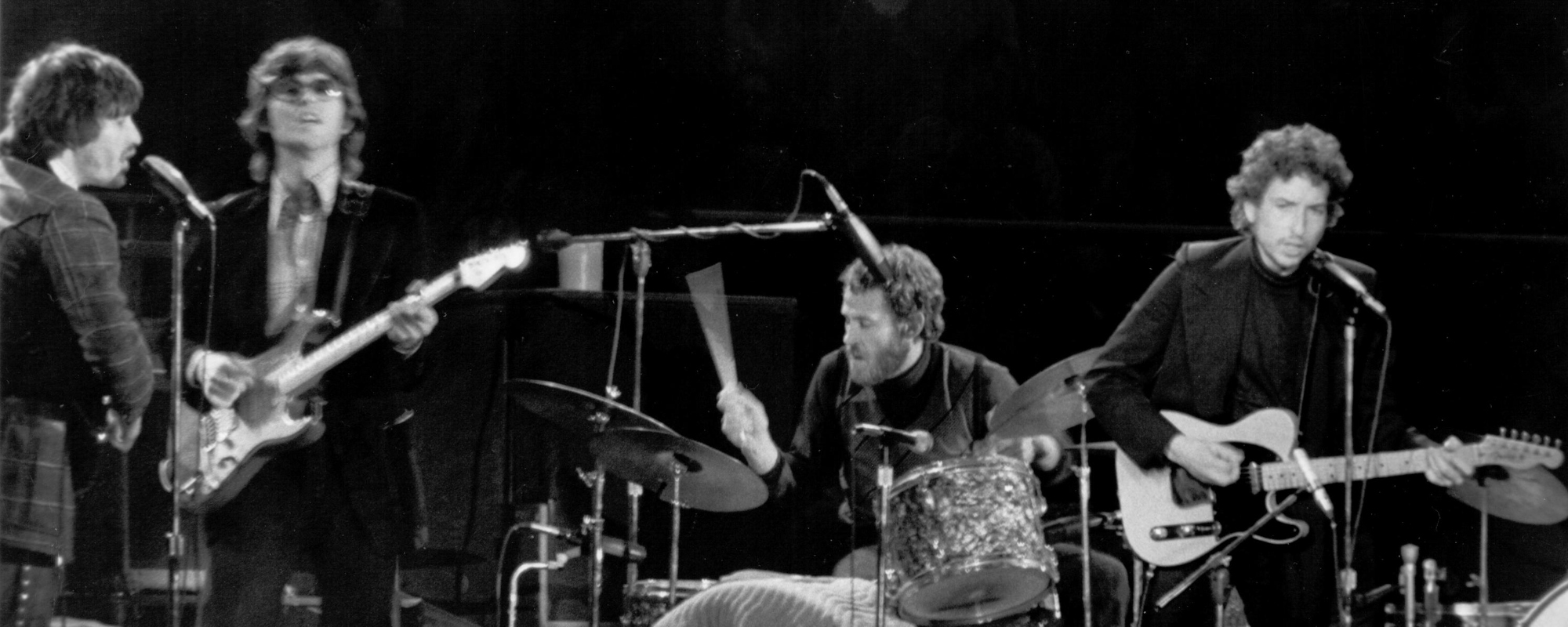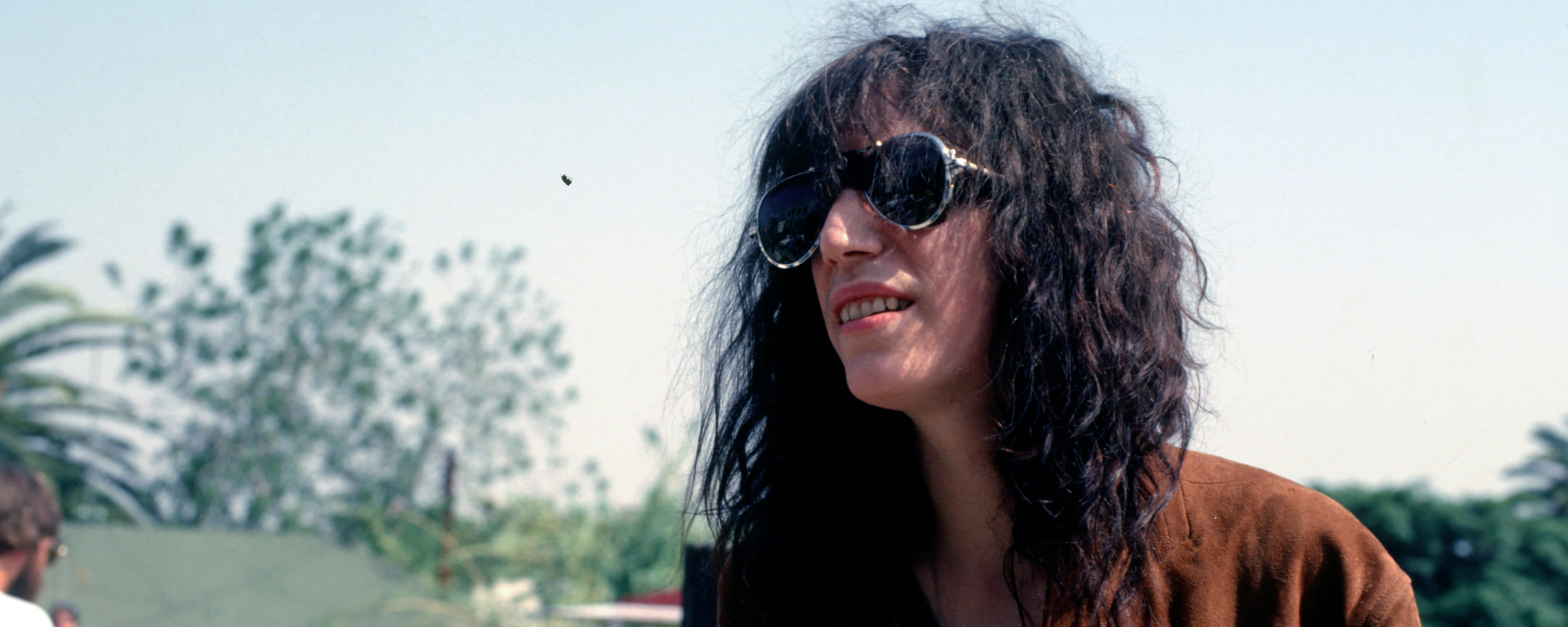“Bad Moon Rising” is one of the most enduring songs in the Creedence Clearwater Revival catalogue, transcending time and genre even though a specific decade and musical style were the key influences for songwriter John Fogerty. Indeed, the CCR founding member might have been drawing inspiration from the 1960s when he wrote his classic track. But the song’s popularity proves that neither the passing of time nor a person’s preference over rock versus country can make people dislike “Bad Moon Rising.”
Videos by American Songwriter
As for the song’s initial success? Well, it stands to reason that audiences in the 1960s would resonate with “Bad Moon Rising.” After all, John Fogerty based it on how people talked back then.
John Fogerty Turned A Trend Into “Bad Moon Rising”
John Fogerty and his band, Creedence Clearwater Revival, enjoyed tremendous success with the release of their 1969 album, Bayou Country, which featured iconic singles like “Proud Mary” and “Born on the Bayou.” However, as Fogerty explained during a 2024 interview, the songwriter didn’t have any songs he considered single-worthy for the band’s follow-up record. So, he looked into his notebook full of lyrical scraps and found a phrase he wrote at the bottom of the page: bad moon rising.
“It was inspired, really, by the way kids talked in those days,” Fogerty explained. “In kind of an astrological sense. People would come up to each other and say, ‘Well, what’s your sign?’ And the answer might be something like, ‘Well, I’m a Sagittarius with Mercury rising.’ Uh, whatever that means. It was very popular at the time.” The “rising” Fogerty was referring to is the ascendant sign, or the constellation that appears on the eastern horizon during one’s birth. This kind of in-depth astrology became more popular in the 1960s as the New Age and other spiritual movements began permeating the zeitgeist.
Fogerty said the 1941 film, The Devil and Daniel Webster, was also a key influence for “Bad Moon Rising.” The film follows a man who makes a deal with the devil and, the next day, wakes to find a massive storm had flattened all of his neighbors’ fields but left his crops standing.
Early 20th Century Folk Played An Important Role, Too
John Fogerty didn’t just use the popular trend of astrology and a 1941 supernatural drama to write the Creedence Clearwater Revival classic “Bad Moon Rising.” The song’s roots also stretch back to early 20th-century folk by the likes of Pete Seeger and Leadbelly. In the same 2024 interview, Fogerty described how Seeger used to cite Leadbelly as a major influence on his playing style, particularly the blues icon’s use of open D tuning on a 12-string guitar. “It sounded huge,” Fogerty said.
Following his musical idols’ footsteps, Fogerty began experimenting with open D tuning, too. (In open D tuning, all the guitar strings are one of the three notes in a D major chord, from EADGBE to DADF#AD.) Interestingly, someone stole the guitar Fogerty kept tuned to open D from the backseat of his car while it was parked outside of Fantasy Records in Oakland. A terrible misfortune under any circumstances, the theft was even more disruptive because Fogerty and CCR were just about to go into the studio to record what would become their career-defining track.
Panicked, Fogerty rushed to a music store, grabbed the one black Gibson Les Paul from the wall, and tuned it to open D. He plugged it into a nearby amp with a clean signal. “It was magical,” Fogerty said. “Epical, really. Made the hair on the back of my neck stand up. My eyes got real big. I looked at the man, and I said, ‘I’ll take it.’” And indeed, Fogerty played that Les Paul on their 1969 track.
Photo by Brigden/ANL/Shutterstock













Leave a Reply
Only members can comment. Become a member. Already a member? Log in.